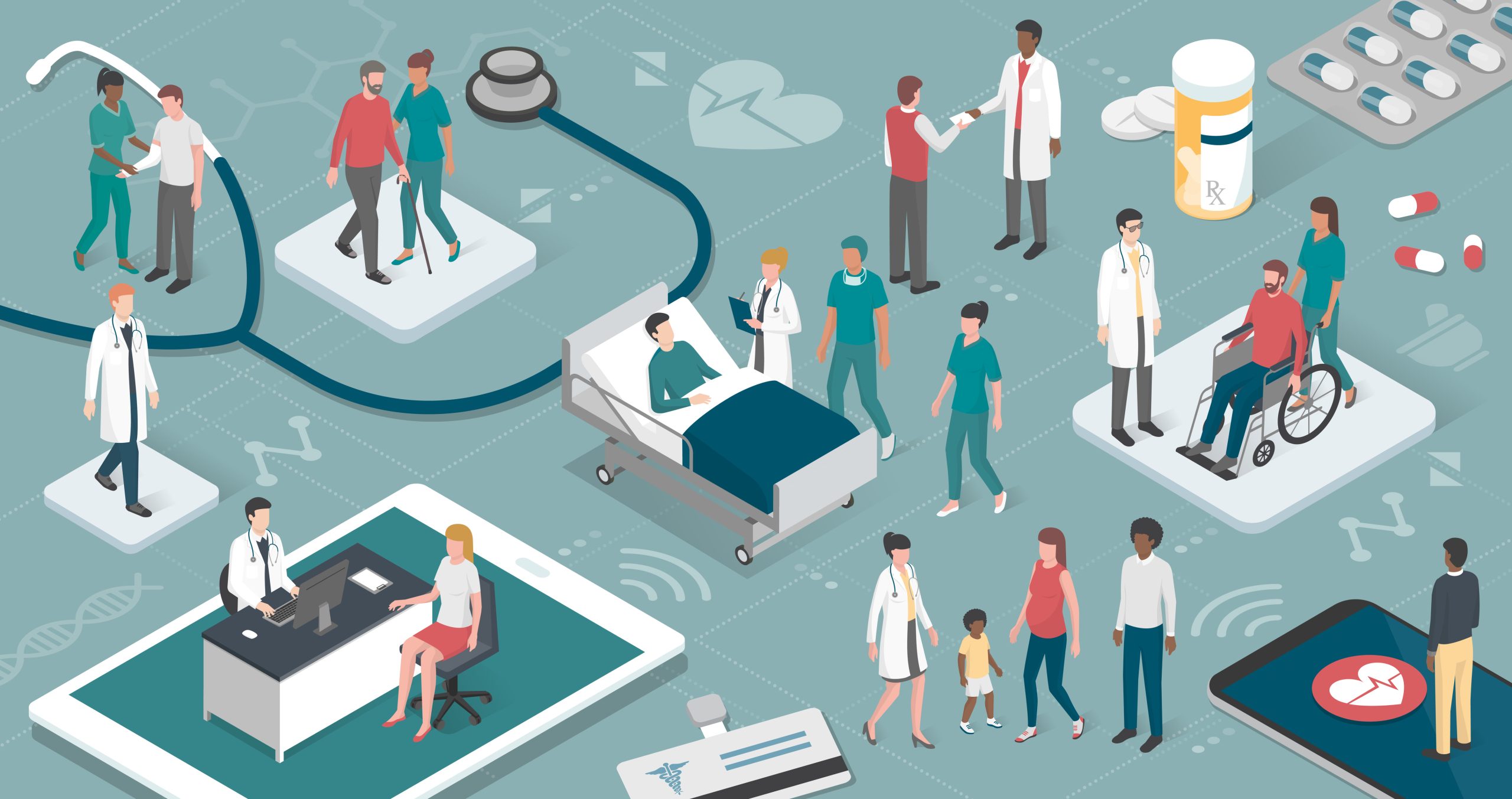Here’s a brief overview of the differences between going to the emergency room, urgent care, and using telehealth:
-
Emergency Room (ER):
- Purpose:
- ERs are designed for critical, life-threatening situations and severe emergencies.
- Examples include heart attacks, strokes, severe injuries, major trauma, and acute respiratory distress.
- Conditions:
- Treats a broad range of critical conditions requiring immediate attention.
- Patients are typically triaged based on the severity of their condition, with more critical cases prioritized.
- Staff:
- ERs are staffed with a range of specialists, including emergency medicine physicians, surgeons, nurses, and other healthcare professionals.
- Equipped with advanced medical technology for diagnostic testing and interventions.
- Wait Times:
- Wait times can vary based on the severity of cases, with more critical cases being seen first.
- Generally longer wait times compared to urgent care due to prioritization of critical cases.
-
Urgent Care:
- Purpose:
- Provides immediate care for non-life-threatening conditions that require prompt attention.
- Offers an alternative to primary care for situations that can’t wait for a scheduled appointment.
- Conditions:
- Treats minor injuries, illnesses, and conditions like fractures, sprains, minor infections, and flu symptoms.
- Can handle conditions that may not require the advanced resources of an ER.
- Staff:
- Staffed with healthcare professionals such as doctors, nurse practitioners, and nurses.
- May have on-site diagnostic capabilities, such as X-rays and basic laboratory testing.
- Wait Times:
- Generally shorter wait times compared to the ER, but longer than primary care offices.
- Some urgent care centers offer online check-ins or appointments, reducing wait times.
-
Telehealth:
- Purpose:
- Telehealth involves remote consultations with healthcare professionals using technology.
- Ideal for non-emergent medical issues, routine follow-ups, and minor illnesses.
- Conditions:
- Suitable for a wide range of non-emergent conditions, including cold and flu symptoms, skin issues, and medication consultations.
- Not suitable for emergencies or conditions requiring physical examination.
- Staff:
- Involves virtual consultations with doctors, nurse practitioners, or other healthcare providers.
- May include video or phone appointments.
- Wait Times:
- Provides quick access to medical advice without the need to travel.
- Wait times can vary depending on the platform and the availability of healthcare providers (can be 5-20 minutes).
YOUR FREE TELEHEALTH BENEFIT: Teladoc Health
Choosing the right option depends on the nature and urgency of the medical issue, as well as personal preferences and convenience. Understanding the capabilities and limitations of each healthcare setting helps individuals make informed decisions about where to seek care.





